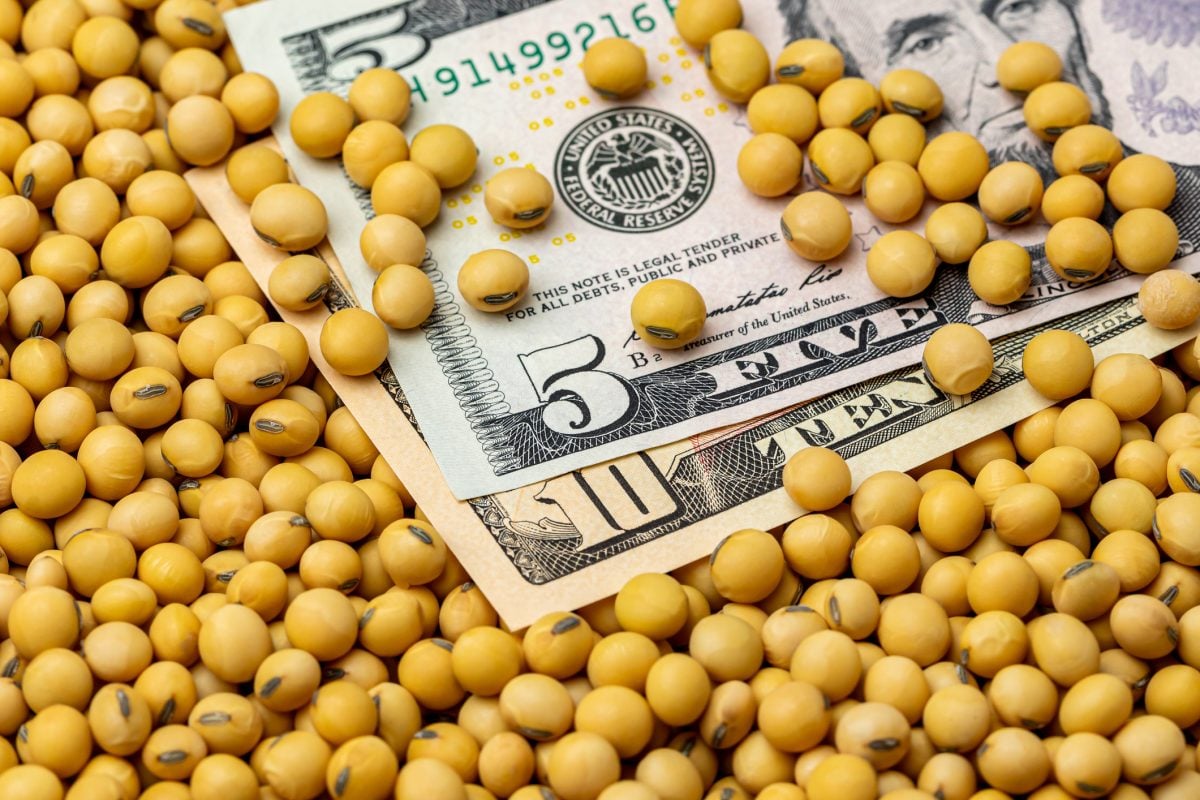CNS Canada — Chicago Board of Trade (CBOT) corn futures chalked up modest gains on the week ended Wednesday, as slow farmer selling and weakness in the U.S. dollar underpinned the market.
March corn ended 11 and a half cents higher from the previous week (all figures US$).
It was another volatile stretch for corn, as values see-sawed up and down for much of the time period.
At least one market watcher expects corn to hold a 20-cent range in the next few weeks.
Read Also

U.S. grains: Soybean futures hover near 15-month high after China buys U.S. cargoes
Chicago Board of Trade soybean futures hovered near a 15-month high on Wednesday after trade sources said China made its first purchases from the autumn U.S. harvest ahead of a summit between leaders Donald Trump and Xi Jinping.
“We see corn anywhere from the $3.45-$3.65 range,” said Terry Reilly, grains analyst with Futures International in Chicago.
The U.S. Department of Agriculture is scheduled to release the year’s first world agricultural supply and demand estimates (WASDE) next Thursday. Some experts call it one of the top reports of the year.
“So we don’t expect too many fireworks up until then,” said Reilly. “There will be lots of positioning and some people are also looking at index rebalancing which starts later this week.”
Soybeans continue to feel pressure from mostly favourable weather conditions in South America and large global supplies of oilseeds. The most-active March contract was poised to finish lower before reaping a 20-cent gain in the final session.
March soy should continue to hold a wide range, Reilly said. “I look for March beans to remain at about a $9.85-$10.15 (per tonne) range over the next few weeks.”
Both corn and soybeans are feeling the pinch from an avian flu epidemic in certain parts of Asia, he added. “I think it will slow down global feed-grain trade.”
In South Korea, for example, nearly 19 per cent of the country’s bird population has been culled, he said, which translates to significantly lower feed demand in the near term.
In particular, he said, soymeal, corn and a few other minor feed grains will see less demand over the short term.
— Dave Sims writes for Commodity News Service Canada, a Winnipeg company specializing in grain and commodity market reporting.











